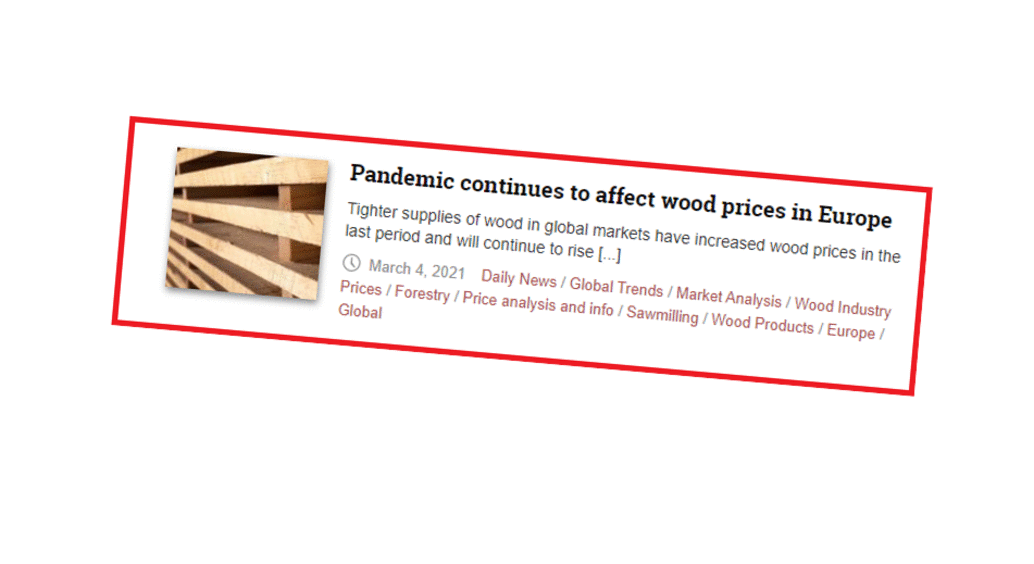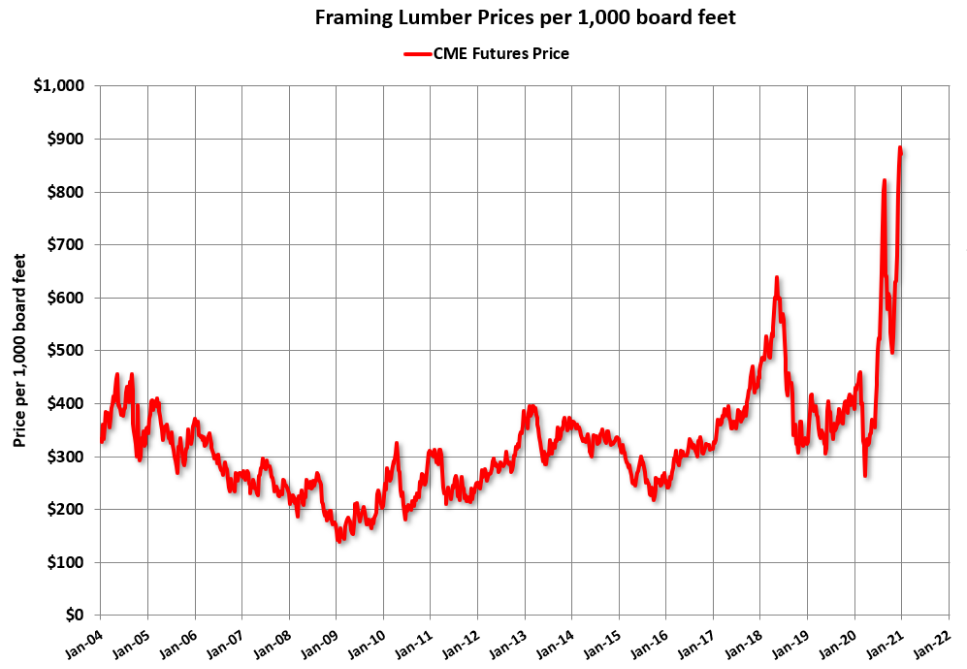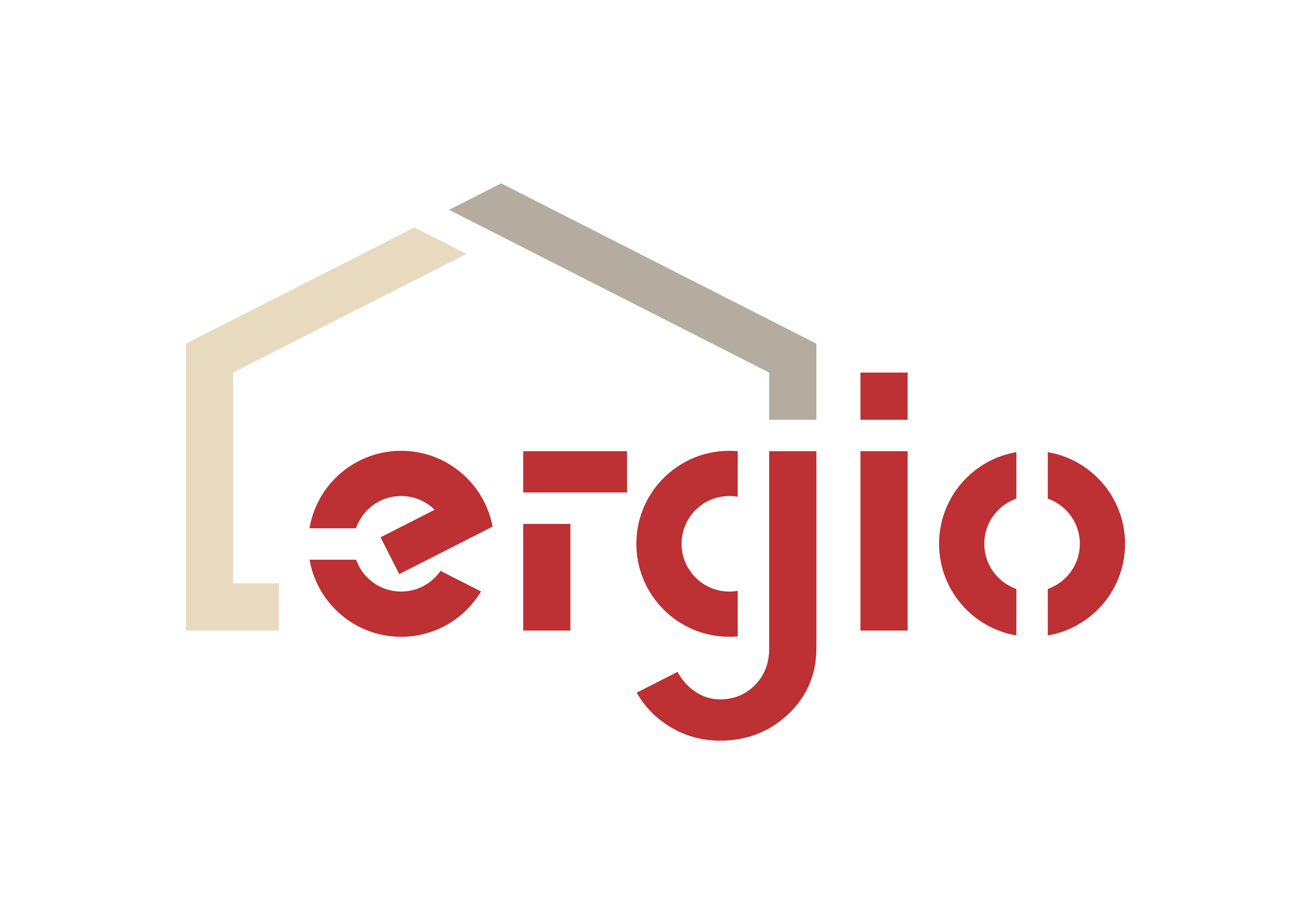Everybody knows at this point that the pandemic really affected the hospitality field, but the truth is that 2020 was very volatile for every industry and, despite the fact that it was not such a widely covered social media topic, if you are part of the wood-workers community you may have noticed that we also had some problems to deal with, which are spreading in the present and will certainly affect the future in this industry.
Last year, the COVID-19 crisis had a negative effect on industries like manufacturing, hotels and restaurants, wholesale and retail trade, but actually all industries faced issues, including the lumber market and raw materials field. In the first part of 2020, the problems that started to appear were both supply and demand related, when facilities were left with an excess supply of material and there was nobody able to buy them, because of the worldwide lockdown.

Many of you may know what happened in the oil industry during quarantine months, when the prices crashed and reached an all-time low due to lack of storage space, but we are here to discuss price variations in timber and lumber. The situation was similar, there were no such dramatic price declines, but due to very large accumulated stocks, which also generated high costs, the prices for wooden materials slumped.
As the businesses started to recover, pressure was put on the construction trade because of the increased volumes of demand. It was a time when people realized how important it is to have a comfortable space to live in and started expanding or building brand new houses. This caused a big “boom” in the construction industry, but there is no blooming without consequences, in a free market, and nobody saw the huge lumber surge that was about to come.
Now we are talking about price fluctuation following the rise and fall of key international markets, and after we did some research it seems like most of them are only going up. Fons Ceelaert, FEFPEB general secretary said:
“In the end – according to market rules – the raw material is sold to those paying the most, which currently is the US timber market as lumber futures climbed to a record high (February 18). So the wooden industry is facing increasingly non-profitable production, wood shortages and serious economic decisions about slowing or even shutting down production.”
In terms of materials we use in constructions, we have our “guardian angels” vendors and suppliers, but they are also facing shortages and each of them think that a crisis awaits us. This statement is based on the market trend and movement of recent months: there have been price increases of wood materials by up to 20%, which is felt on the finished products prices as well. This trend is valid not only for the raw material, but also for the ones used in the manufacture of timber frame homes, such as OSB, anti-vapor membranes because of the shift of the factories production to medical masks, insulating materials and the list goes on.

Note: 1000 board feet = 2.36 cubic meters
Source: https://www.calculatedriskblog.com/2021/01/update-framing-lumber-prices-more-than.html#google_vignette
One of our values, as a company, is transparency towards our partners. Given all these aspects mentioned and driven by the unprecedented situation in which we all find ourselves, we make efforts to maintain an ongoing dialogue with our partners to ensure they are well-informed about these circumstances and, in return, we want them to inform customers about the evolution of the situation.
Of course, we know that the economy has its own cyclicity and we expect things to return to normal, but unfortunately no forecast indicates that this will happen in the near future. We are working hard to find the best solution that is mutually beneficial for our partners and for our business as well.

SEE OTHER BLOG ARTICLES
 18 December 2020 by geo, in Business,Company,R&D,Wooden Construction Market,Wooden Construction Market
18 December 2020 by geo, in Business,Company,R&D,Wooden Construction Market,Wooden Construction MarketEfficiency in the prefab wooden construction industry
...READ MORE +

 Français
Français  Italiano
Italiano  Română
Română  Español
Español 

